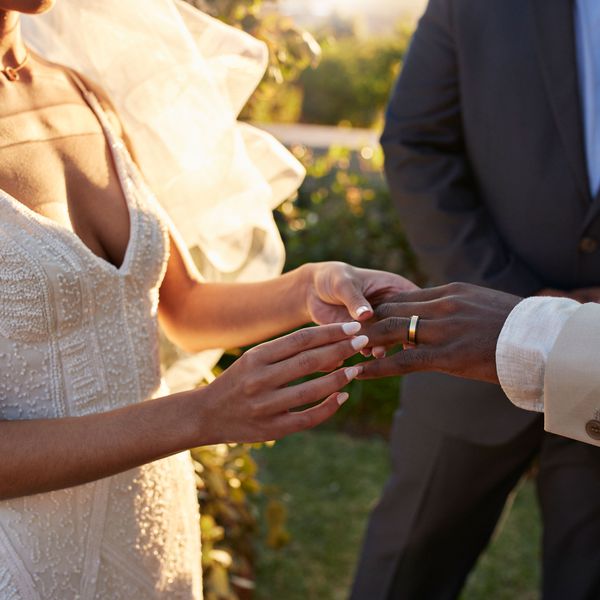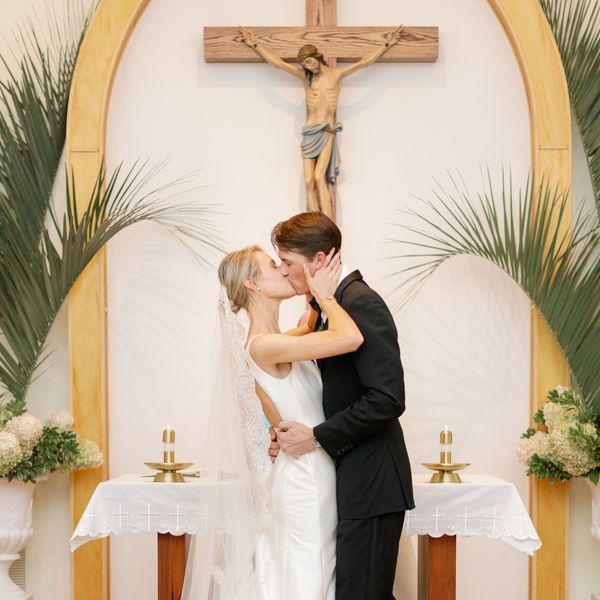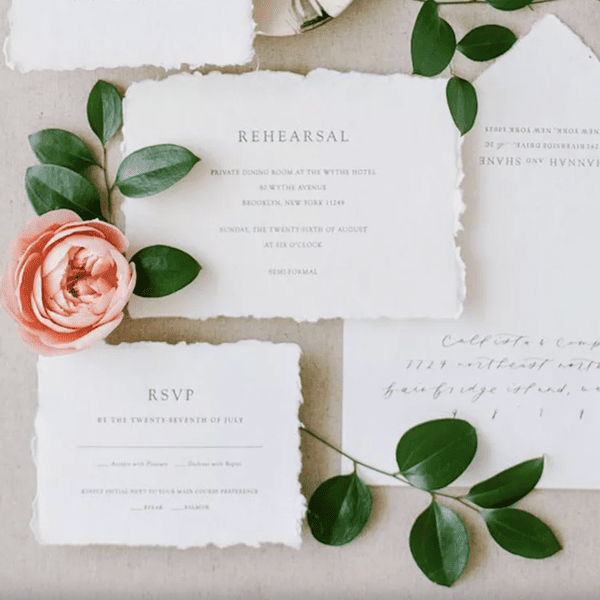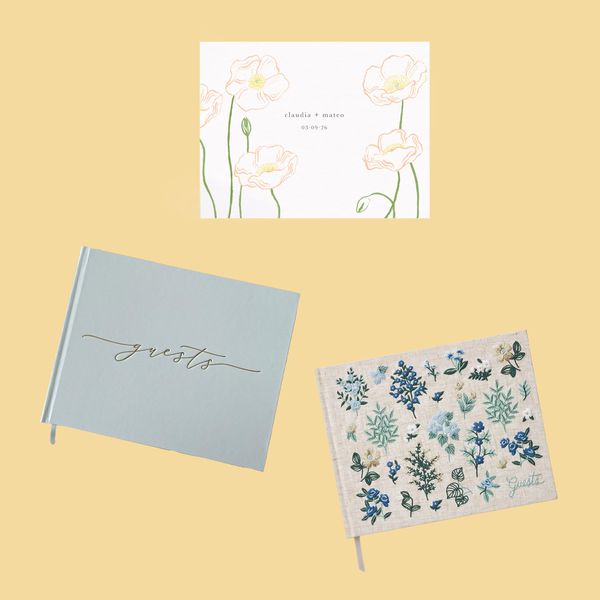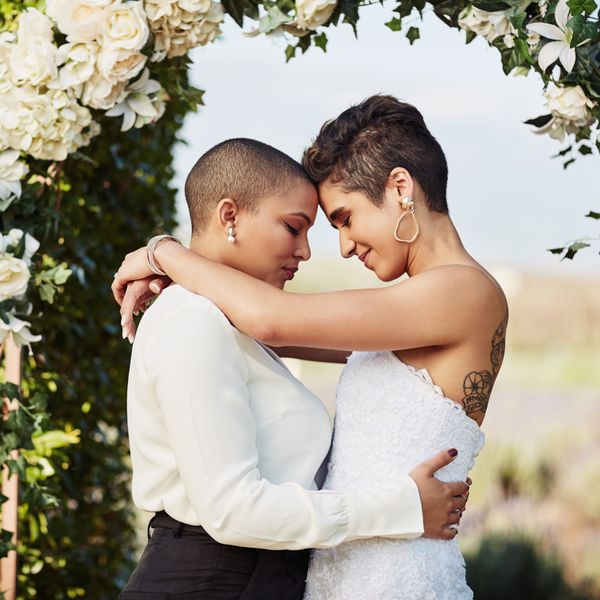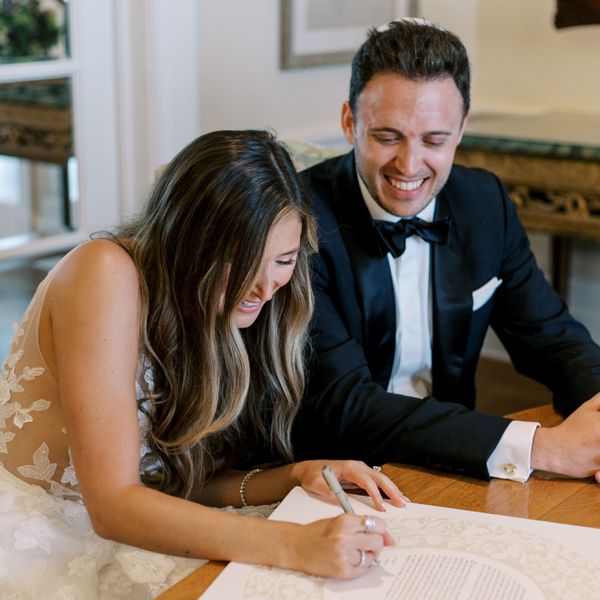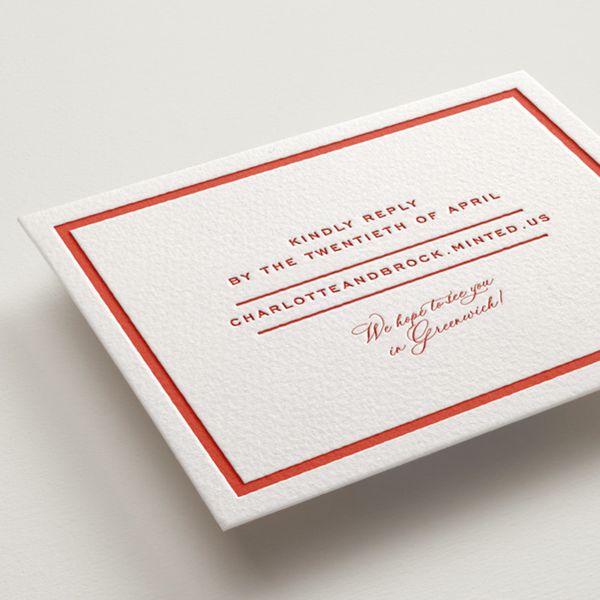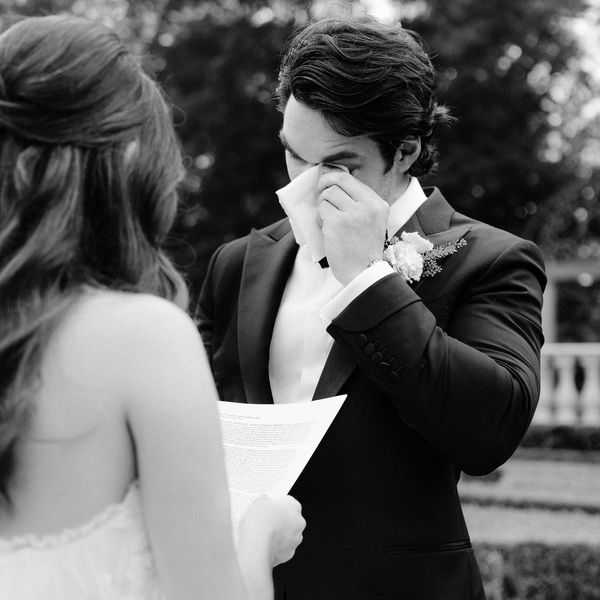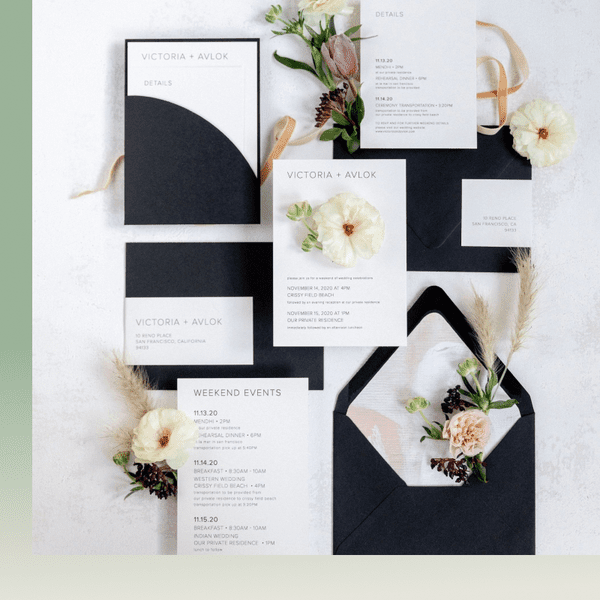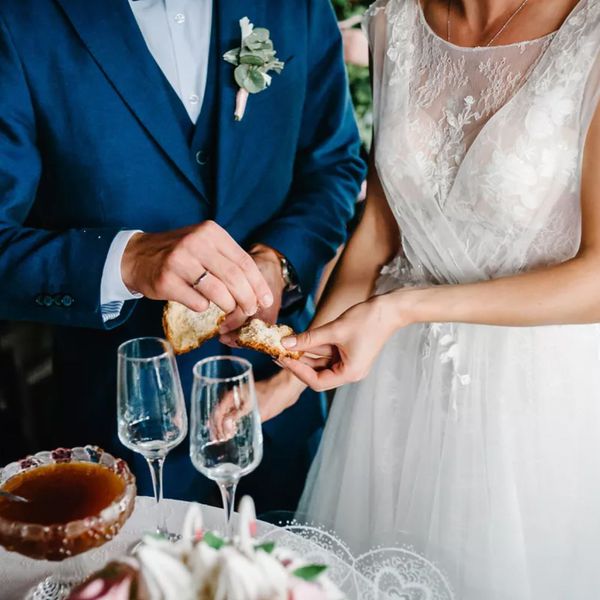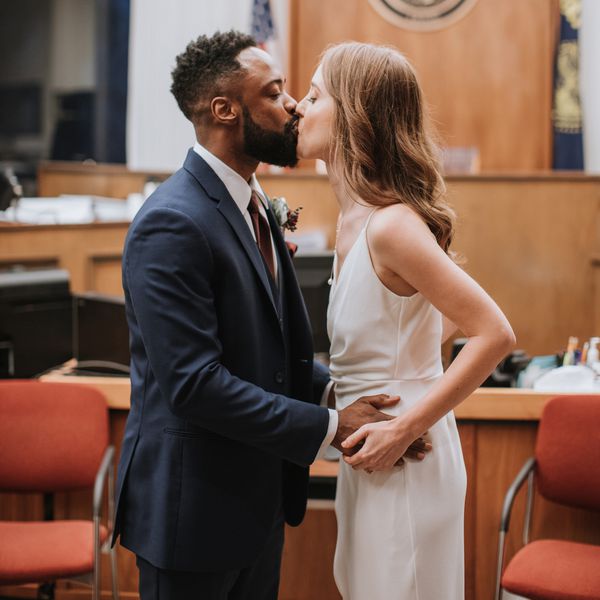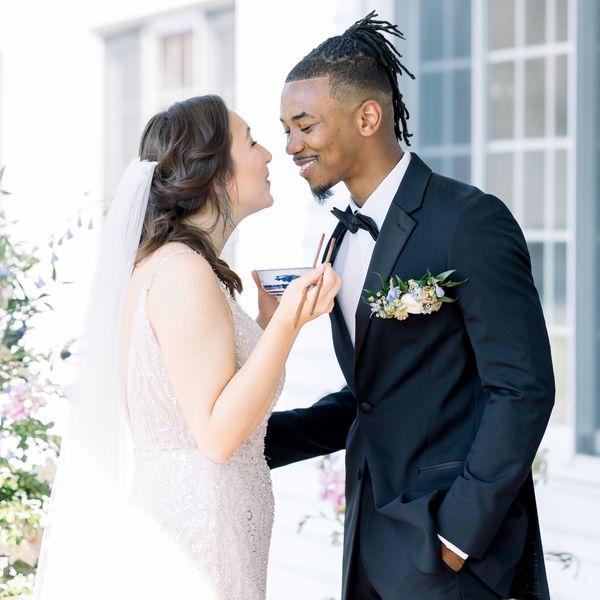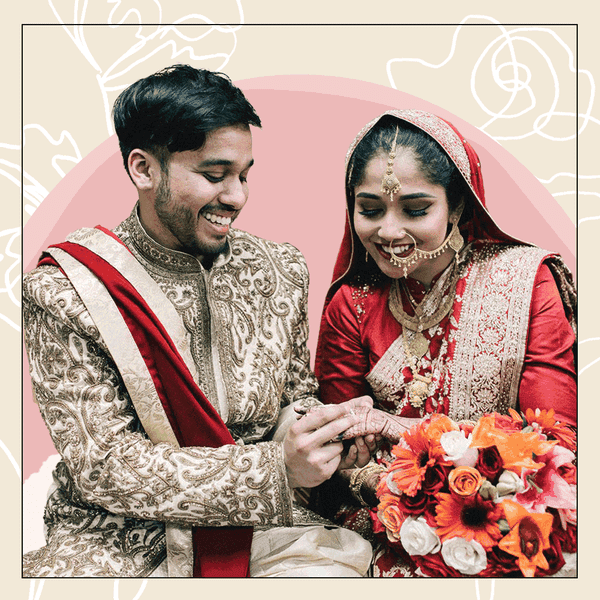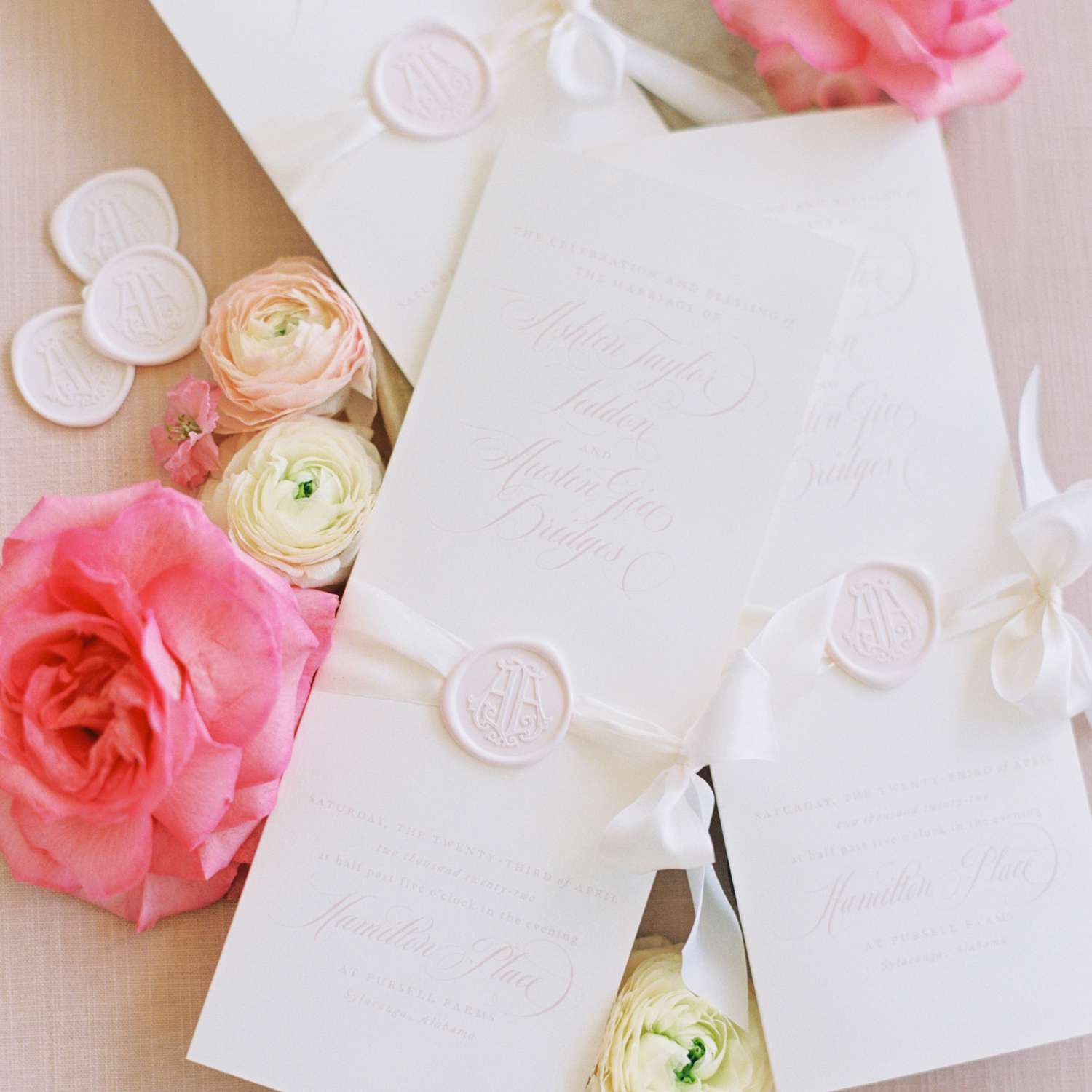
Photo by Hannah Miller Photography
Weddings contain countless small details that pull the day together, so, naturally, it can be hard to remember every element needed to curate this special celebration. Plus, between choosing a cake flavor, establishing a tablescape, and selecting the stationery aesthetic, among other things, it's no wonder why many couples overlook one specific ceremony detail when gearing up to say "I do." That being, their wedding program.
In general, a wedding program highlights everything a guest can expect during the ceremony. Its job is to highlight key moments and acknowledge the essential people on your special day, in addition to keeping guests engaged before you and your partner tie the knot. Meaning, a wedding program is an important element at any event and should be provided if you'd like to enhance your guests' experience.
Meet the Expert
Tzo Ai Ang is a New York City–based wedding planner and the owner of Ang Weddings and Events.
While couples are free to incorporate anything they'd like into these special pamphlets, there are some essential details that shouldn't be neglected. Here, we highlight what those elements are and provide a few tips on how to make your wedding program unique.
:max_bytes(150000):strip_icc()/KRISTYBRIAN0422-4bb727cad9a74d1aac824686dea2dabd.jpg)
Photo by Perry Vaile Photography
What to Include in a Wedding Program
According to Tzo Ai Ang, a New York-based wedding planner, the most common elements of a wedding program are the couple’s names, the date, the venue, the wedding party, the officiant, and anyone else who is part of the procession, like the parents and grandparents. Other aspects, like the order of events and personal messages from the couple, can vary, adds Ang.
Need more details? Ahead, we provide an easy-to-follow guide on what to include in your wedding program if you opt to have one.
Names, Date, and Location
The couple's names, the event date, and the wedding location are typically displayed on a program's cover page (if your program is only one sheet of paper, the top portion should include this information). Some people also choose to add a ceremony start time on the cover, as this is a good reminder for guests to use the bathroom and find their seats before the ceremony begins.
As it relates to the location, include the name of the venue, but leave out the full address, as your guests will already have that information long before they receive the program.
Order of Events
Next, your program should include an order of events, which is a helpful guide to let guests know how your wedding ceremony will go. “For religious ceremonies, you might want to explain the various things that will be happening during the ceremony for people who may not be familiar with it, perhaps even going into more detailed explanations,” Ang says. “It makes it more meaningful and special for people who may be less familiar with those traditions.”
If you don’t have any specific parts you want to explain, however, you can include a simple list of events, such as:
- Processional: Here, you can list the names of anyone who will be part of the processional.
- Welcome and introduction: If your officiant will open with a few introductory words, you could include their name here.
- Readings: While readings are often part of religious ceremonies, some couples may opt for non-religious readings like poetry or speeches. If you have readings, you can include their titles and the names of the readers.
- Exchange of vows: The exchange of vows is normally part of every wedding ceremony, whether traditional or personal vows.
- Ring ceremony: Likewise, a ring ceremony is traditionally a part of every ceremony.
- Pronouncement of marriage: This is when the officiant declares the couple to be married.
- Recessional: This will mark the end of the ceremony.
Names of Ceremony Participants
If you have enough space in your wedding program, it's always a nice gesture to include the names of friends and family members who have a role in your ceremony. This encompasses everyone including the parents, maid of honor, best man, bridesmaids, and groomsmen. You can also list out the names of the flower girl, ring bearer, officiant, and anyone who may be singing a song or reading a poem.
Acknowledgments
Many couples use their wedding program to express their gratitude to everyone involved—and according to Ang, couples almost always include some form of acknowledgments in their program “to thank the friends and families for being there on the special day.” She adds that couples will often acknowledge their parents, in particular, for being such important people in their lives.
Special Tributes
Searching for a way to honor loved ones who have passed away? Add a special tribute to your wedding program that commemorates the loving memory of a family member or a friend who would have been part of your special day.
Ang notes that tributes often acknowledge loved ones who have passed, but she has also seen this section used to thank anyone who could not make it to the wedding. Especially during the pandemic, Ang says couples used this portion to acknowledge those who could not attend due to travel complications or isolation. “It’s for any really special people who you are thinking of on the day but are unable to be present,” she shares.
Fun Facts
If you want to add some spice to your program, consider incorporating fun facts about you and your partner. This could include a condensed version of the relationship story you might have on your wedding website, or even a creative crossword puzzle or word search with clues that provide information about your relationship.
Ang also highlights that she’s had couples incorporate meaningful aspects through visual elements in their program. One couple, for example, had a watercolor illustration made of their venue that they incorporated into their program.
Closing Remarks
Finally, the end of your program should have some sort of closing remarks. You can add a final thank you note to guests and family or end with your favorite quote from a reading or your vows. For a practical element, you can include the address of your reception venue and the start time—this can be helpful for guests to reference as they leave the ceremony.
